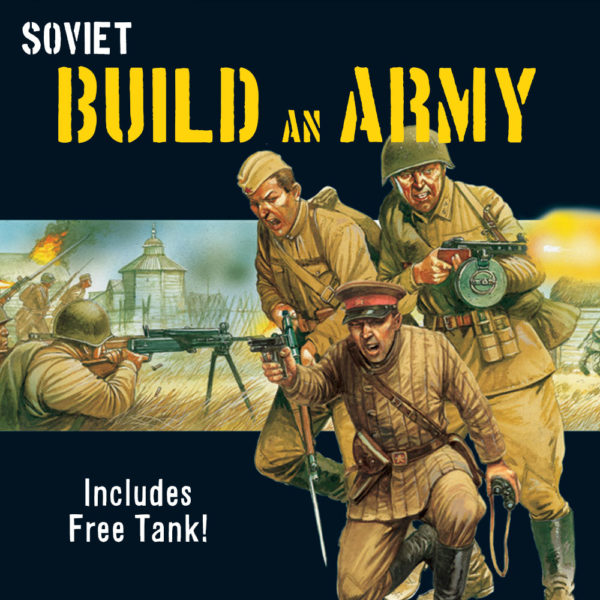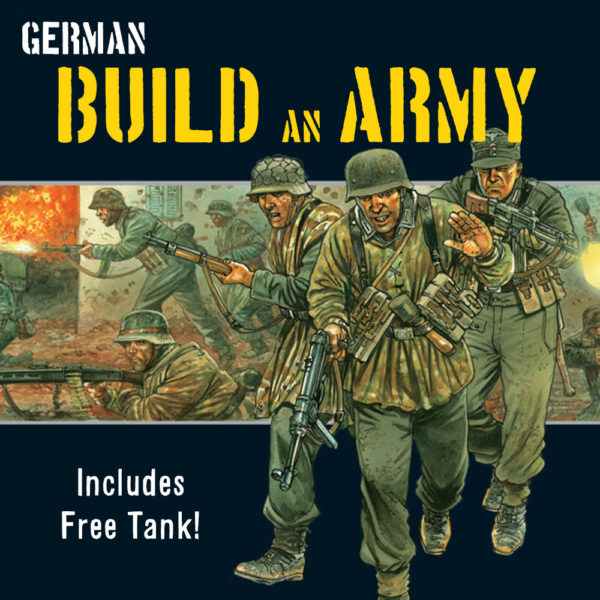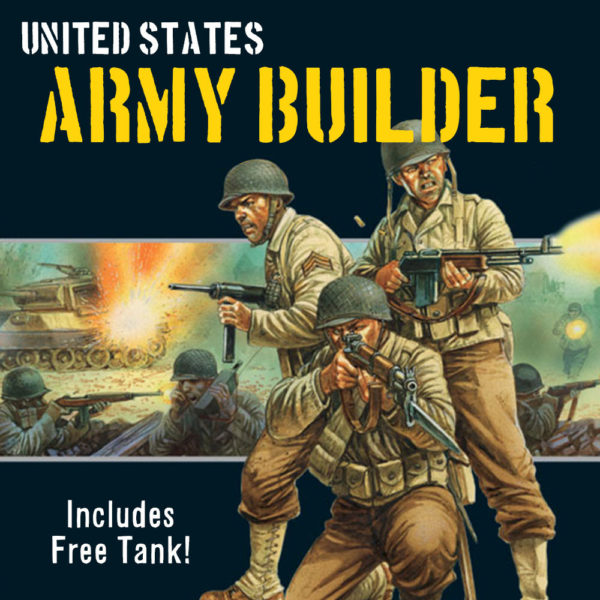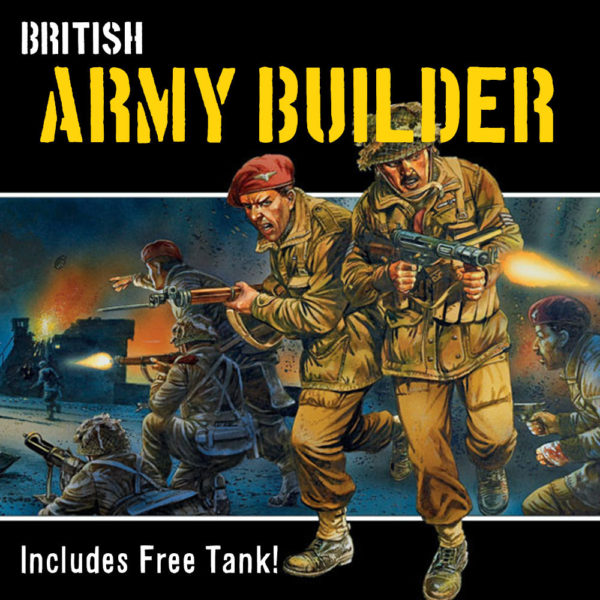Chris Brown reveals the second instalment of his ‘Companies in Bolt Action’ series where he breaks down the real world forces and applies their organisation to Bolt Action.
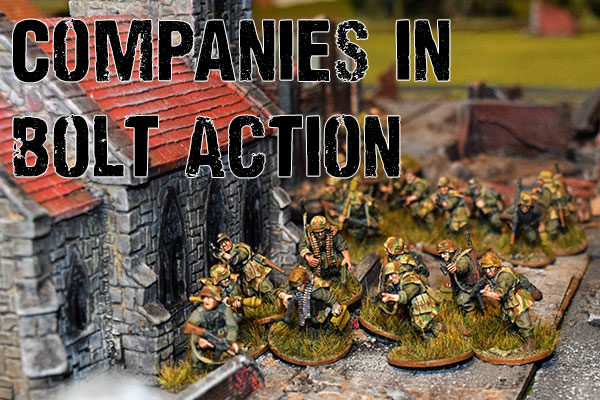
Building a full company might sound like a major investment, but actually, it’s not as big an issue as one might expect. Even a very large company, like Early War Japanese with squads of 13, 14 or more figures is not really that much of an outlay and of course, you don’t need to do it in one fell swoop and some companies are rather smaller than others.
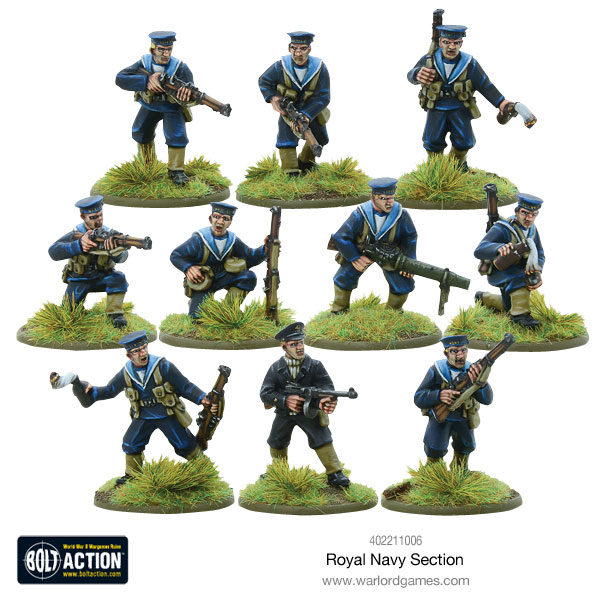
Royal Navy section
Four packs of the new British Airborne are enough to build a full company of either Airlanding or Paratroop soldiers with enough figures to provide you with the Company HQ to boot. It would take five packs of Japanese infantry to achieve the same end, but remember, units are virtually never at full strength so you can either field slightly smaller squads/sections or reduce the number of platoons. This was not uncommon in any army due to losses among the rank and file, the high rate of attrition among junior officers could mean that the company commander just did not have enough leaders to run four platoons even, as was often the case if he appointed Sergeants as platoon commanders.
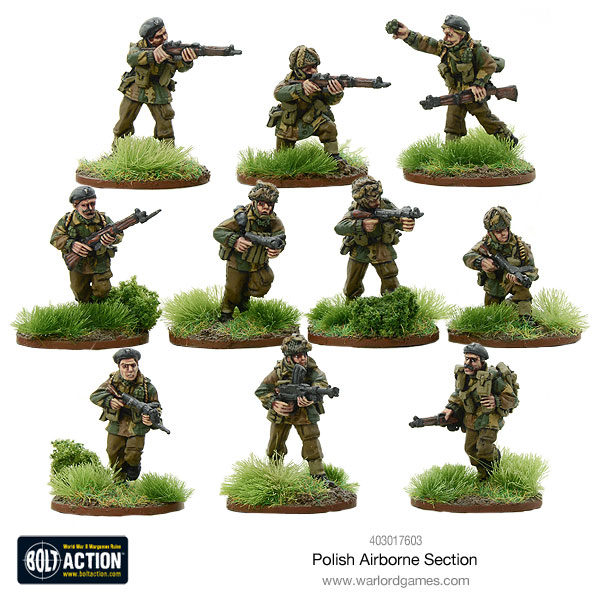
Polish Airborne Forces
In any case, bringing a force up to company strength is often going to be a matter of expanding what you already have. If you have assembled 1000 or 1250 points of (almost) any army then you are probably well on your way to having a company anyway. Either your force is heavy on infantry, effectively two platoons or thereabouts, or it is heavy on supporting arms such as MMGs or mortars in which case it’s just a matter of adding infantry and they’re not expensive to buy. In rare instances, you may be able to combine forces that you already have. Pat’s ‘Northern Europe German’ Company consists of platoons in different camouflage kit because they the different Warlord packs just took her fancy, but in practice, it was rare for a whole unit to actually get a complete new kit issue at the same time. A quick look at photos of German infantry in 1944-5 will generally show a mix of different stocks and colour patterns within the unit, but in wargame terms, this helps to keep track of which squads are in which platoons. It’s not awfully good history but is very convenient.
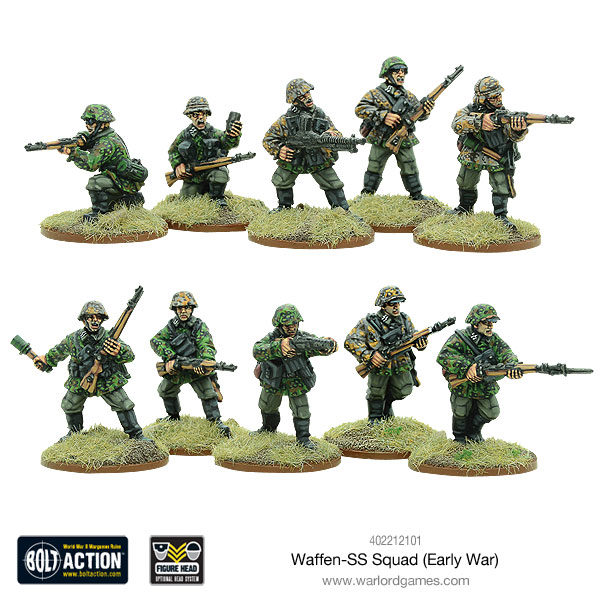
Early War Waffen-SS Section
Obviously, a large part of the point of having complete platoons is to justify more interesting assets, but let’s face it, you were going to get them anyway so more often than not it’s really just more infantry that’s required.
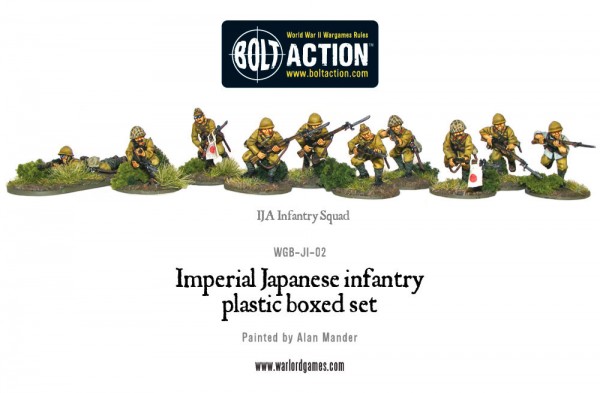
Imperial Japanese Infantry
That said; if we’re having ‘pukka’ companies we might want to give some thought to how those interesting assets might be deployed to the battlefield. Medium machine guns and anti-tank guns were very often deployed in sections of two working in tandem if not necessarily in close proximity. Again; this is not a huge expense; one more MMG or Anti-tank gun or mortar is not that big a deal in the great scheme of things.
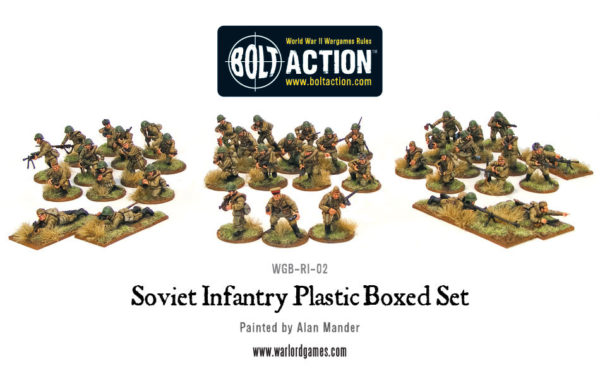
Soviet Infantry
Transport may be a different matter, but even then, most transport vehicles are not going to be on the battlefield. German and Japanese units mostly travelled on shank’s pony and although most Commonwealth and American units were transported by trucks, they go out of their vehicles a good distance from the battle area. The exception is Panzergrenadiers of course and if that’s what you want you’ll have to get Hanomags, but you knew that already didn’t you?
Next time we’ll take a look at your gaming table & what size you might need to field a company.
Chris Brown
Do you have an article within you? Are you itching to show your collection to the world of Bolt Action? Then drop us a line with a couple of pictures to info@warlordgames.com or share with all over at the Warlord Forum
Field a new army!
